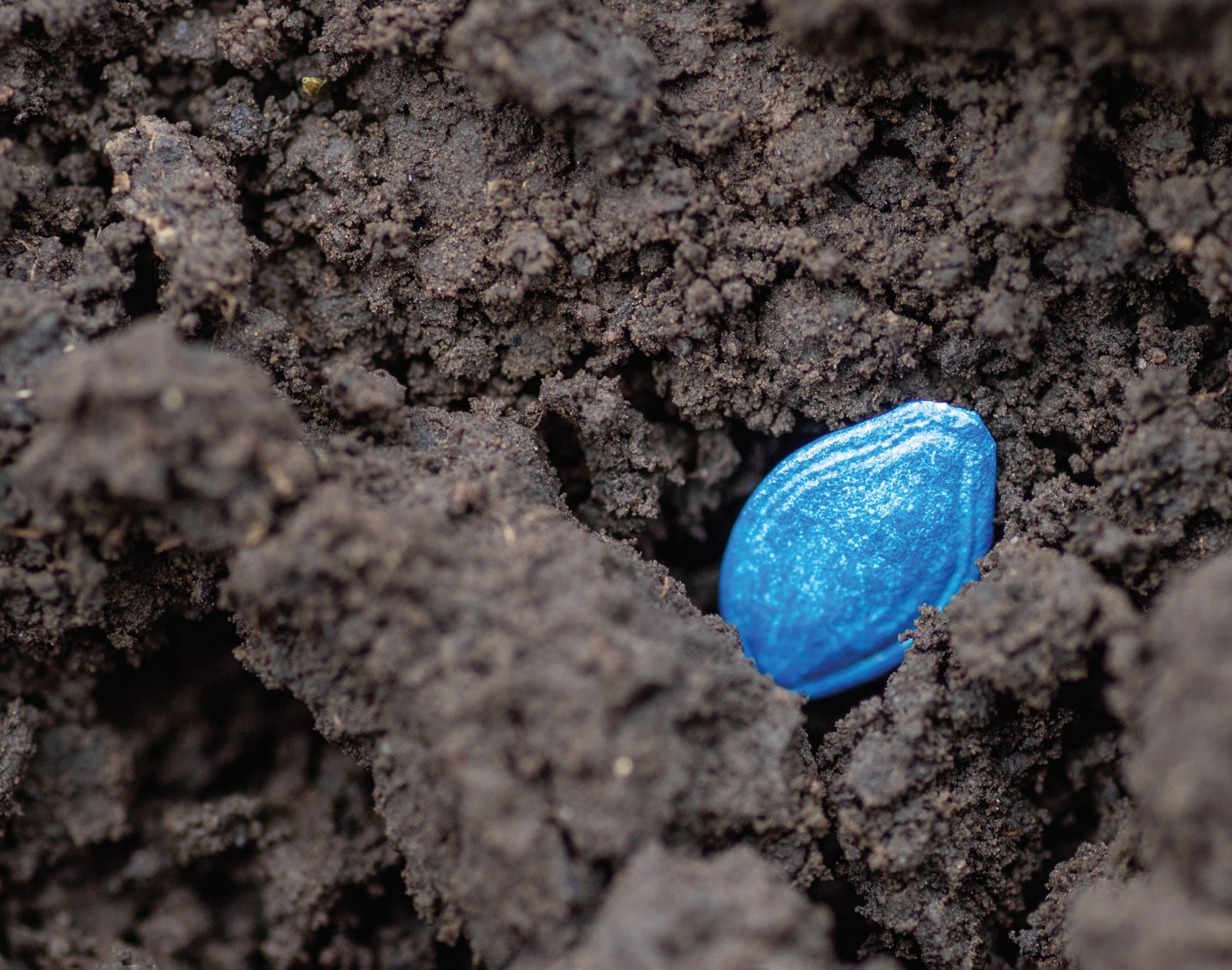
News expired
Reafirming our position on Micro-plastic free coatings.
July 2023
Following recent events in April, during which the European Commission received a positive vote from EU member states on the REACH committee's proposal to restrict intentionally added microplastics in products, CENTOR EUROPE has been approached by various industry stakeholders to reaffirm our position. This proposal, issued under the European chemical legislation REACH, aligns with the findings of the European Chemicals Agency (ECHA), which indicate that microplastics present an environmental risk that is currently not adequately controlled. It is important to note that the Commission's proposal is now under a 3-month scrutiny period by both the European Parliament and the Council before it can be adopted.
Regarding the criteria for our water-based seed binders and -coatings, as outlined in the ECHA Annex XV Restriction Report Proposal for intentionally added microplastics, we wish to highlight specific factors that support our previous statements indicating that our agro-coating products do not fall under the category of "microplastics."
-
Exclusion of Naturally Occurring and Biodegradable Polymers: According to the definition of microplastics, polymers occurring in nature and those that are (bio)degradable are explicitly excluded. Therefore, our aqueous, polymeric dispersion-based seed coatings, which utilize such polymers, are exempted from being classified as microplastics.
-
Derogation Based on Tier 3 Criteria: In accordance with the Tier 3 definition mentioned in section 2.6.1, it is crucial to consider whether specific conditions allow for the derogation of microplastic particles present in the product from the proposed restriction. Furthermore, if the microplastics lose their particle form (e.g., due to coalescence during film formation) during product usage, derogation may be applicable.
Regarding Point 1): The degradation of the polymeric dispersions employed in our seed-coatings serves as a derogation from microplastics, as outlined in Table 21, "Criteria for demonstrating the (bio)degradation of microplastics according to Paragraph 3b (APPENDIX X)." Notably, point 5, specifically point c, states that the degradation half-life in soil should be less than 180 days. Our laboratory experiments, simulating soil behavior, have indicated that coating films produced from our aqueous polymeric binders exhibit a half-life of less than 180 days. Even when considering the criterion for "microplastics deliberately applied to soil or foliage," this qualifies as a derogation from microplastics for our agro-coatings containing polymeric dispersions. The criterion states that for soil, ultimate degradation should reach 90% relative to the degradation of the reference material within 24 months, and this period can be extended by the application duration in soil, up to a maximum of 48 months.
CENTOR EUROPE